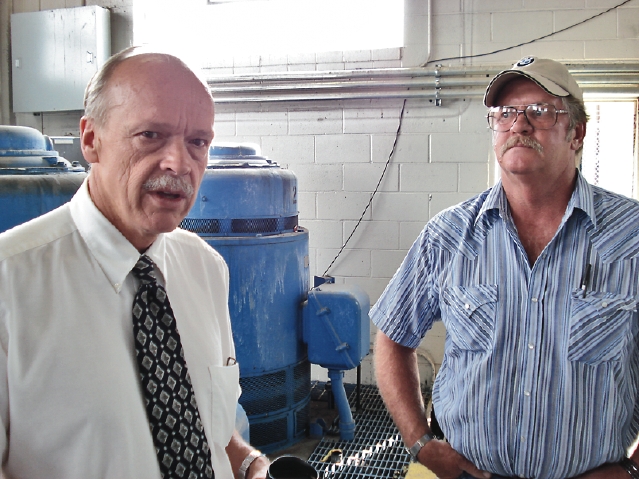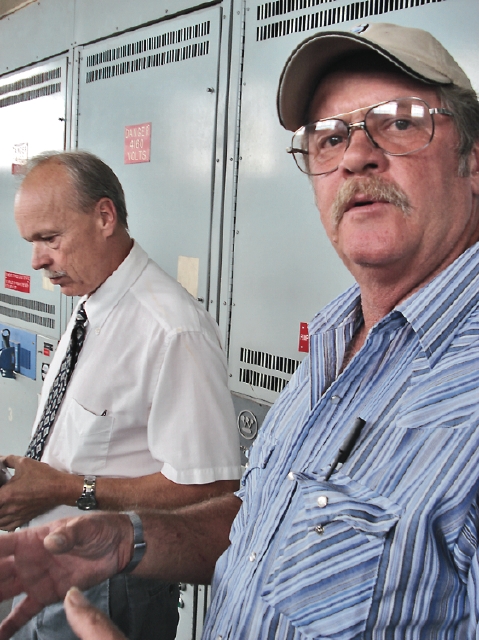After The Flood
As The City Council Scurries To Enact New Flood Resolutions, Our Antique Drainage System Continues To Rust


The Lifeguards: The Water Utility Authority’s Roy Robinson and Jerry Morse, touring the Broadway pump station
Mark Sanders




